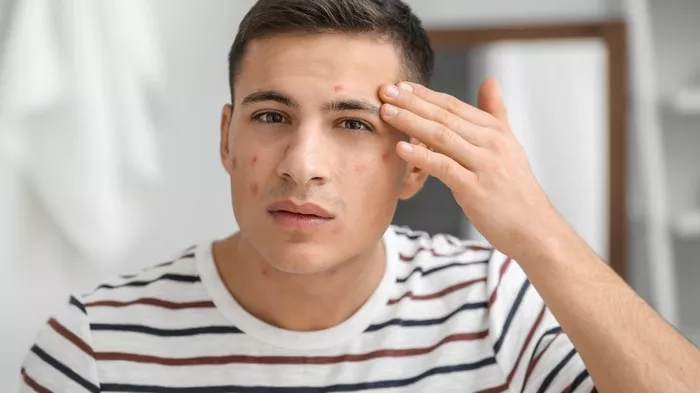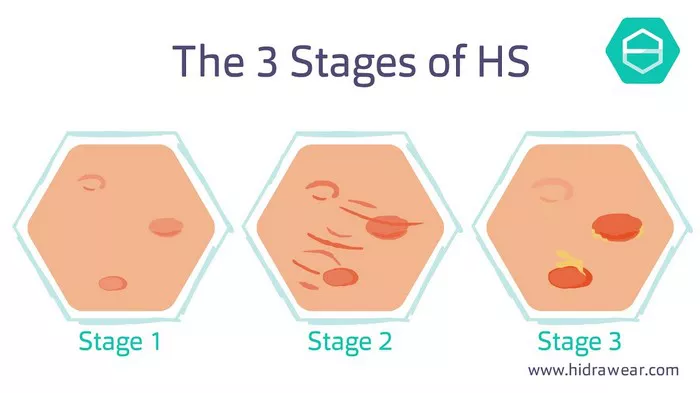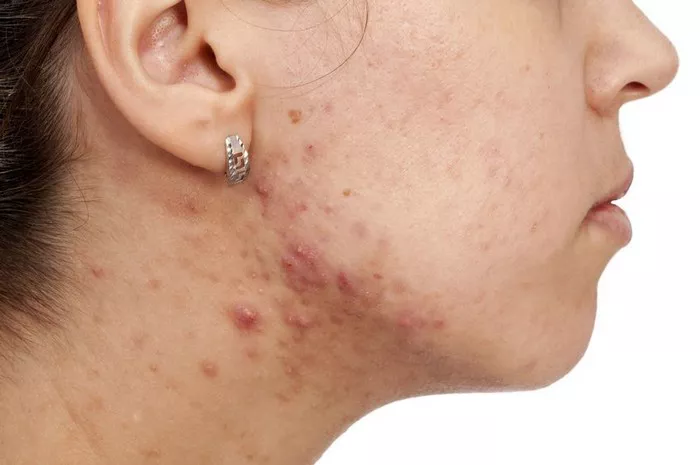Hidradenitis suppurativa (HS) is a chronic skin condition characterized by the development of painful, inflamed lesions typically in areas where skin rubs together, such as the armpits, groin, buttocks, and under the breasts. These lesions often appear as small, pea-sized bumps that can progress to larger nodules or abscesses. One common question among those affected by HS is whether it’s safe to pop or squeeze these bumps. To address this concern effectively, it’s crucial to understand the nature of HS and the appropriate treatment strategies.
Understanding Hidradenitis Suppurativa
HS is a dermatological condition that affects the hair follicles and sweat glands. It typically begins after puberty and manifests as recurrent, painful nodules or boils. The exact cause of HS is not fully understood, but it appears to involve a combination of genetic, hormonal, and immune system factors. Friction, excessive sweating, and bacterial colonization are believed to contribute to the development and worsening of HS lesions.
The primary features of HS include:
1. Abscesses and Pus-Filled Lesions: HS lesions often start as small, painful bumps that can progress to larger, deep-seated abscesses filled with pus.
2. Tunnels or Tracts: Over time, interconnected tunnels or tracts may form under the skin, leading to the formation of multiple lesions in affected areas.
3. Scarring: Healing of HS lesions can result in scar tissue formation, which may cause skin thickening and scarring over time.
HS can significantly impact a person’s quality of life due to pain, discomfort, and recurrent flare-ups. Managing this condition effectively requires a comprehensive approach that addresses both acute symptoms and long-term disease control.
Why Popping HS Bumps Is Not Recommended
The urge to pop or squeeze HS bumps is understandable, especially given the discomfort and pain they can cause. However, this approach is strongly discouraged for several reasons:
1. Risk of Infection: HS lesions are prone to infection due to the presence of bacteria within the abscesses. Popping or squeezing these lesions can introduce more bacteria into the area, leading to further inflammation and potentially worsening the infection.
2. Increased Pain and Discomfort: Manipulating HS bumps can exacerbate pain and discomfort. The surrounding tissue is often inflamed and sensitive, making any form of pressure or trauma more painful.
3. Formation of Sinus Tracts: Aggressive manipulation of HS lesions can disrupt the natural healing process and promote the formation of sinus tracts or tunnels under the skin. These tracts can lead to the development of more extensive disease and recurrent flare-ups.
4. Worsening of Scarring: Improper handling of HS lesions can increase the likelihood of scarring. Scar tissue in HS can be particularly problematic, as it may contribute to further skin irritation and discomfort.
Treatment Strategies for Hidradenitis Suppurativa
Effective management of HS requires a tailored treatment plan that addresses the severity of symptoms and aims to prevent flare-ups. Treatment options for HS include:
1. Topical Treatments: Mild cases of HS may respond to topical treatments such as antibiotics or anti-inflammatory agents. These medications can help reduce inflammation and control bacterial growth.
2. Systemic Therapies: For more severe cases, oral medications such as antibiotics (e.g., tetracyclines) or immunosuppressive drugs (e.g., corticosteroids, biologics) may be prescribed to target inflammation and modulate the immune response.
3. Surgical Interventions: In certain situations, surgical procedures may be necessary to drain abscesses, remove scar tissue, or excise affected areas. Surgery is typically reserved for refractory cases or those with severe scarring.
4. Lifestyle Modifications: Lifestyle changes such as weight loss, smoking cessation, and wearing loose-fitting clothing can help reduce friction and sweating, which are known triggers for HS.
5. Patient Education and Support: Educating patients about HS, its triggers, and management strategies is essential. Support groups and counseling can also provide valuable emotional and psychological support.
Seeking Professional Guidance
Given the complexity of HS and its potential complications, individuals affected by this condition should seek guidance from dermatologists or healthcare providers with experience in managing HS. A comprehensive evaluation can help tailor a treatment plan that addresses individual needs and minimizes the risk of complications.
Conclusion
In summary, popping or squeezing HS bumps is not recommended due to the risk of infection, increased pain, and potential worsening of the condition. Instead, individuals with HS should focus on implementing appropriate treatment strategies under the guidance of healthcare professionals. By understanding the nature of HS and adopting a multidisciplinary approach to care, it is possible to effectively manage symptoms and improve quality of life for those living with this chronic skin condition.
Related Topics:


























